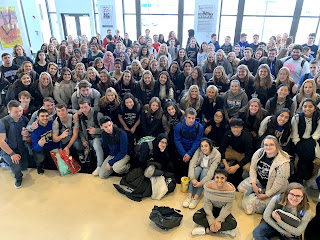Welcome to Psychology Fair 2018

AP Psychology Fair 2018 What is Psychology Fair? - A quick synopsis of Psychology Fair Psychology Fair Participants Information Sheet 2017 Fall Psychology Fair Blog 2017 Spring Psychology Fair Blog 2016 Psychology Fair Blog 2015 Psychology Fair Blog 2014 Psychology Fair Blog Psychology Fair Blog Directions - For Students If you are interested in finding out more information about Psychology Fair or about a specific project please Contact Desi Vuillaume - Carl Sandburg High School - dvuillaume@d230.org
